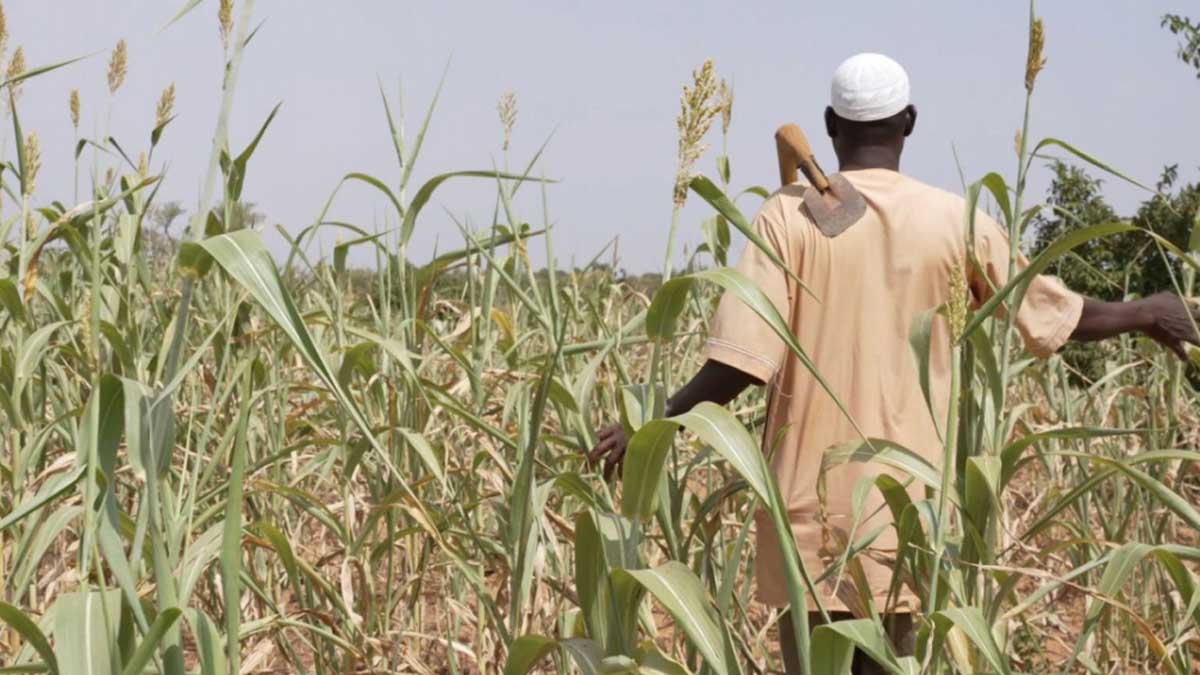 For a country battling with food insecurity arising from multifaceted factors, it is bad news that as much as 30 to 40 per cent of agricultural produce in Nigeria is lost between harvest and consumption. Yet, this is the verdict from stakeholders who looked at the problem and emphasised the necessity for a proactive approach, particularly by the National Assembly.
For a country battling with food insecurity arising from multifaceted factors, it is bad news that as much as 30 to 40 per cent of agricultural produce in Nigeria is lost between harvest and consumption. Yet, this is the verdict from stakeholders who looked at the problem and emphasised the necessity for a proactive approach, particularly by the National Assembly.
Truly, post-harvest losses in Nigeria remain a significant challenge, robbing farmers of income and contributing to food insecurity. These losses occur between harvest and consumption and can be as high as 50 per cent for some crops. Post-harvest losses stem from poor handling, inadequate storage, lack of processing facilities, transportation challenges, and market access limitations. Apart from poverty, harsh weather patterns, droughts, extreme temperatures and floods also impact agricultural productivity and food production in Nigeria but also globally.
Within the past decades, the impact of climate conditions has been evident on crop production across the country’s different regions. Consequently, farmers lose income, consumers face higher food prices, and national food security is threatened, which is currently what is obtainable in Nigeria.
Food insecurity in Nigeria is fast becoming a complex and pressing one with far-reaching consequences. While the country has a total agricultural area of 70.8 million hectares, of which 34 million hectares are arable land, 6.5 million hectares are used for permanent crops, and 30.3 million hectares are meadows and pastures, there is still huge hunger in the land. This may have been compounded by the large scale of post-harvest losses by farmers in the country. as revealed by stakeholders who have called on the National Assembly to expedite action on the Agricultural Extension Service Bill, 2024.
They raised this concern in Abuja at a conference on Digitising Agricultural Knowledge to Scale Advisory Service for Rural Farmers’ Economic Wellbeing in Nigeria, organised by The Alliance for a Green Revolution in Africa (AGRA) in collaboration with Extension Africa. For emphasis, the Agricultural Extension Service Bill of 2024, aims to strengthen agricultural extension services that will support smallholder farmers to improve productivity and ensure food security in the country. Further, the bill targets strengthening the capacity of extension workers, to deliver advanced, technology-driven and demand-oriented services across the country.
Country Director of AGRA, Dr Rufus Idris, said Nigeria’s growing population and changing lifestyle patterns have led to increased demand for food, which he said the current production levels in the agriculture sector cannot meet. Idris stressed the need for a multi-faceted approach to address the challenges facing food security, including increasing productivity and reducing post-harvest losses.
Checks have also shown that insecurity in Nigeria is a major contributor to food insecurity in the country due to violence that disrupts farming and reduces agricultural output. Violent activities have created a climate of fear that drives farmers away from their land. For example, Zamfara State, a major rice and millet producer, saw a 50 per cent reduction in agricultural production due to farmers’ displacement. Farmer-herdsmen conflicts have also contributed to the reduction in agricultural output.
Indeed, data from the National Bureau of Statistics shows that Nigeria’s food inflation is fluctuating. For instance, in May 2024, it was 40.66 per cent, a 15.84 per cent increase from May 2023, but by August 2024, it dropped to 37.52 per cent, a decrease from 39.53 per cent in July 2024. It moved to 39.93 per cent in November 2024, a sharp increase from 32.84 per cent in the same month in 2023. This increase was mainly due to higher prices of staple foods like yams, water yams, cocoyams, guinea corn, maize, rice, beer, and vegetable oil.
According to the Food and Agriculture Organisation (FAO), food security is attained when all people, at all times, have physical and economic access to sufficient, safe and nutritious food that meets their dietary needs and food preferences for an active and healthy life. In the past decade, the number of people living in extreme poverty in Nigeria has been increasing significantly. In effect, high levels of poverty make it difficult for people to access and afford nutritious food.
This is the time for agricultural agencies, including the National Root Crops Research Institute (NCRI); Nigerian Institute for Oil Palm Research (NIFOR); National Agricultural Extension, Research and Liaison Services (NAERLS) and National Horticultural Research Institute (NIHORT), among others to look at measures in stemming this rising post-harvest losses, which are contributing hugely to food insecurity in the country. The Federal Ministry of Agriculture and Food Security (FMAFS) as the supervising ministry must also reign in on this issue.
At a time like this, the government needs to invest in agricultural research and development to develop improved storage and processing technologies. It should among others, provide subsidies and incentives to encourage the adoption of post-harvest loss reduction technologies, strengthen extension services to provide training and support to farmers, and develop policies and regulations that promote efficient agricultural markets.
There is also a need for the private sector to invest in processing and storage facilities, develop innovative technologies and solutions to reduce post-harvest losses and partner with farmers and farmer organisations to improve market access.
Going forward, there is an urgent need for Nigeria to improve harvesting techniques. Farmers must be trained on how to ensure proper harvesting times and methods to minimise damage. There is a need to promote the use of appropriate harvesting tools and equipment.
Farmers need efficient on-farm handling and storage. This involves training farmers on proper handling techniques to reduce spoilage and promoting the adoption of improved storage technologies.
It is also important to encourage the construction of on-farm storage facilities, enhanced transportation and logistics, which involves investing in rural infrastructure (roads, bridges) to connect farms to markets, promoting the use of appropriate vehicles to minimise damage during transit, developing efficient logistics networks to reduce delays and ensure timely delivery.
Accordingly, to further stem this tide, there should be definitive measures connecting farmers to markets through information dissemination and market linkages, supporting the development of farmer cooperatives and marketing associations and promoting the use of technology to access market information and connect with buyers.






